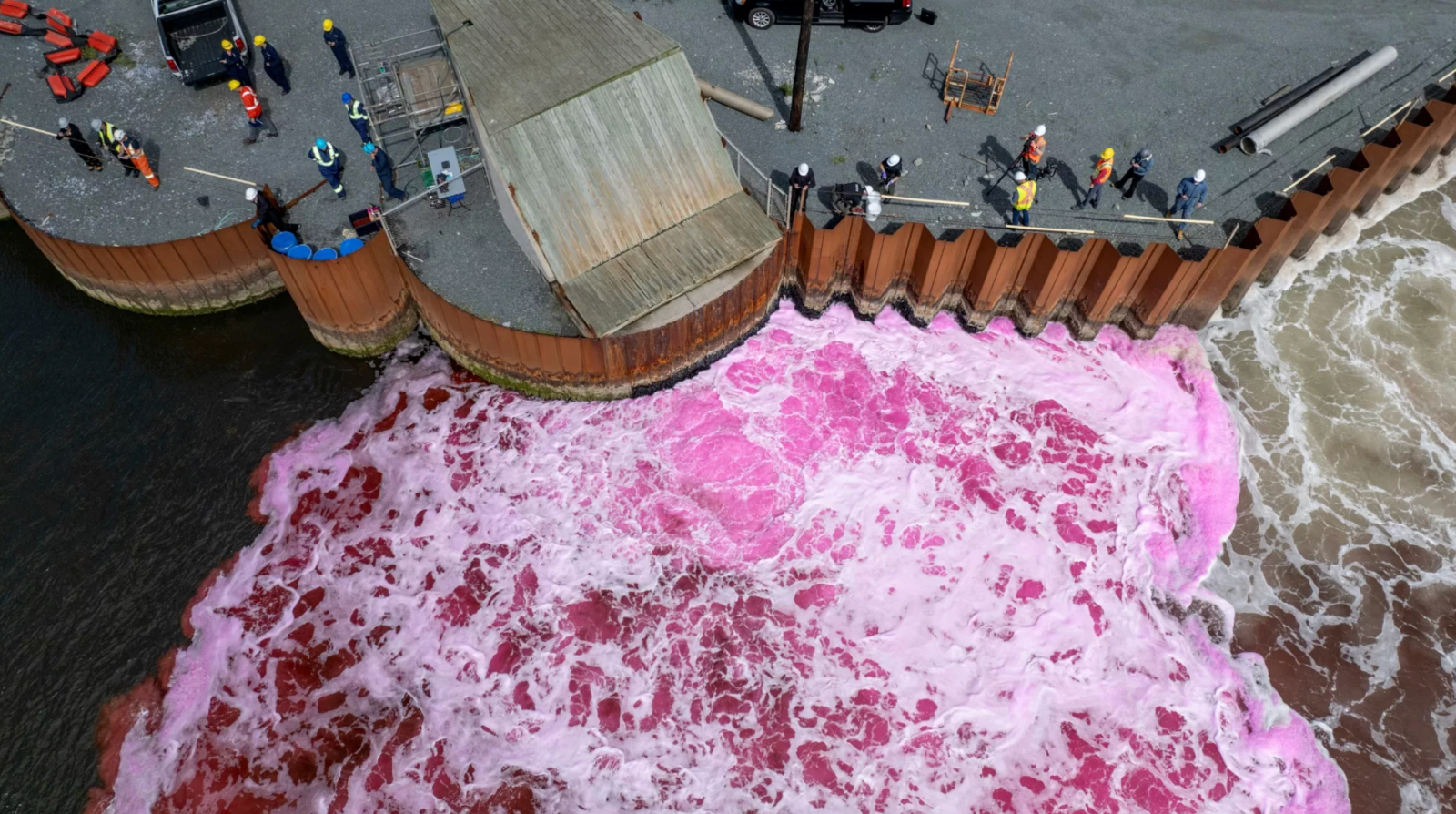
The Rise of Ocean Carbon Capture
On the eastern coast of Canada, a small but ambitious company, Planetary Technologies, is experimenting with a controversial method of carbon sequestration. From a site adjacent to a gas-fired power plant, the company pumps a slurry of magnesium oxide—a mineral commonly used in construction and medicine—into the ocean. The goal: to enhance the sea's natural carbon absorption capabilities.
This venture is part of a rapidly expanding industry betting on ocean-based carbon removal as a critical solution to climate change. With $1 million in funding from Elon Musk's foundation and the potential for a $50 million prize, Planetary is among dozens of startups and research institutions exploring whether sinking minerals, nutrients, or organic materials into the ocean can effectively lock away carbon for centuries.
In the past four years, nearly 50 field trials have taken place, with startups securing hundreds of millions in early investment. However, the industry remains mired in debate, particularly concerning the long-term environmental impact and the actual effectiveness of these techniques. Critics warn that the sector is advancing too quickly, often without sufficient regulatory oversight.
"It's like the Wild West," says Adina Paytan, an ocean scientist at the University of California, Santa Cruz. "Everyone is jumping in, eager to do something, but we need to proceed with caution."
How Ocean Carbon Capture Works
Planetary Technologies is financing its operations through the sale of carbon credits—tradable certificates representing the removal of one metric ton of carbon dioxide from the atmosphere. The voluntary carbon market has seen exponential growth, with marine carbon credits jumping from just 2,000 in 2019 to over 340,000 in 2023. However, this is still a fraction of what's needed to meet global climate targets.
The process of ocean-based carbon capture involves different approaches. Planetary, for instance, dissolves magnesium oxide into seawater, which reacts with atmospheric carbon dioxide, converting it into stable, non-gaseous compounds that remain in the ocean for millennia. Similar effects can be achieved with limestone, olivine, and other alkaline minerals.
Other companies are exploring biological approaches, such as promoting the growth of seaweed and phytoplankton to absorb carbon, or sinking organic matter like wood chips and sugarcane pulp into deep ocean waters. One such company, Gigablue, is enriching New Zealand's coastal waters with nutrients to support phytoplankton blooms, while startups like Carboniferous plan to submerge agricultural waste in the Gulf of Mexico.
Despite their promise, these strategies come with uncertainties. How will large-scale mineral dumping affect marine ecosystems? Could altering the chemistry of seawater have unintended consequences? Scientists and environmentalists remain divided.
Local Communities Raise Concerns
Public skepticism is another hurdle for these projects. Along the U.S. East Coast, several proposed initiatives have faced resistance from local communities and regulatory agencies. In North Carolina, a plan to dump olivine near the town of Duck was scaled back after concerns were raised about its impact on sea turtles and fish habitats. Meanwhile, in Cape Cod, a proposal by the Woods Hole Oceanographic Institution to release sodium hydroxide into the water has been met with opposition from local fishers.
"There's a lot of uncertainty about how this will affect marine life," says Jerry Leeman III, a fifth-generation fisherman. "If you disrupt fish populations, what happens to the people who depend on them for their livelihood?"
Planetary Technologies itself has faced resistance. In Cornwall, England, a project to release magnesium hydroxide into St. Ives Bay sparked protests, with locals questioning the company's understanding of the area's ecosystem. A government audit ultimately found the environmental risk to be low, but Planetary paused its plans and pledged to source materials locally rather than importing them from China.
The Scientific Uncertainties
While early studies suggest these techniques could be effective, scaling them up to a meaningful level presents challenges. The National Academies of Sciences, Engineering, and Medicine estimate that to meet climate targets, billions of metric tons of carbon dioxide need to be removed annually—a scale far beyond current pilot projects.
"We still don't fully understand how the ocean will respond," says David Ho, an oceanographer at the University of Hawaii. "What works in small-scale tests may not work at global levels."
A key question is the longevity of carbon sequestration. While minerals like magnesium oxide can lock away carbon for thousands of years, organic materials like algae and wood chips have a far less certain timeline. Some could break down within decades, re-releasing carbon into the atmosphere.
"We need rigorous monitoring," says Katja Fennel, an oceanographer at Dalhousie University. Her team is using water samples, sensors, and sediment analysis to track how carbon behaves in the ocean following Planetary's experiments in Halifax Harbour.
The Path Forward
Despite the challenges, proponents argue that the world cannot afford to dismiss ocean carbon capture. Current climate models indicate that cutting emissions alone is insufficient; active carbon removal is necessary to prevent catastrophic warming. While land-based methods, such as direct air capture and reforestation, have limitations, the vastness of the ocean presents a unique opportunity.
"The urgency to act is real," says Will Burt, chief ocean scientist at Planetary. "We have to move forward with integrity and safety, but we also have to move fast."
Many scientists believe that the key lies in government involvement. As long as private startups drive the research, questions about transparency and profit motives will persist. More public funding and international regulations could help establish clearer guidelines and ensure that carbon removal efforts do more good than harm.
In the meantime, the race continues. Whether ocean carbon capture becomes a silver bullet or an environmental misstep remains to be seen—but one thing is clear: the world is running out of time.